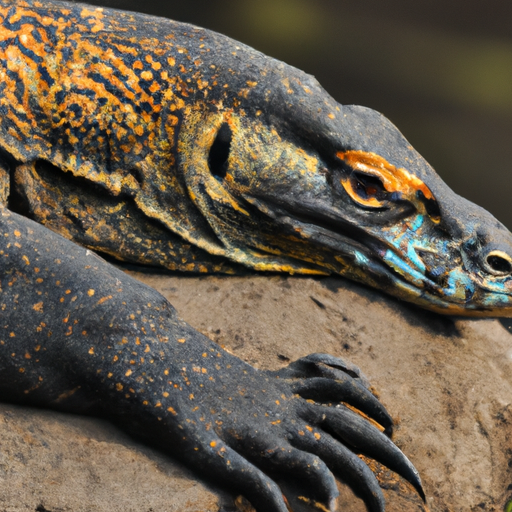 Introduction:
Introduction:
The animal kingdom is a diverse realm, home to a myriad of species that inhabit various habitats across the globe. One fascinating aspect of the animal world is the classification of species as either warm-blooded or cold-blooded. This article aims to provide a detailed exploration of cold-blooded animals and their habitats, shedding light on the incredible adaptations and ecological niches they occupy.
What Does it Mean to be Cold-Blooded?
Cold-blooded, or ectothermic, animals are unable to regulate their internal body temperature. Instead, they rely on external heat sources to warm up or cool down. This unique physiological characteristic profoundly influences the habitats where these animals thrive.
Aquatic Environments:
1. Marine Ecosystems:
a. Oceans: Cold-blooded animals like fish, reptiles, and invertebrates inhabit various oceanic zones, from the sunlit surface to the deep-sea trenches. The water temperature fluctuates with depth and latitude, influencing the distribution of cold-blooded species.
b. Coral Reefs: Reefs teem with cold-blooded animals such as fish, sea turtles, and invertebrates. The warm, shallow waters provide an ideal environment for these creatures to regulate their body temperatures.
2. Freshwater Ecosystems:
a. Rivers and Streams: Cold-blooded animals like amphibians and fish occupy freshwater habitats, adapting to the temperature fluctuations of flowing water.
b. Lakes and Ponds: These calm bodies of water support various cold-blooded species. Frogs, turtles, and fish are commonly found here, adapting to seasonal temperature variations.
Terrestrial Environments:
1. Forests:
a. Tropical Rainforests: Cold-blooded animals, including reptiles such as snakes, lizards, and frogs, inhabit the lush, warm environments of tropical rainforests. The dense canopy provides shade, while the forest floor offers warmth and humidity.
b. Temperate Forests: Reptiles, amphibians, and insects are found in temperate forests, adjusting to seasonal temperature variations and seeking shelter in cool microhabitats.
2. Deserts:
a. Hot Deserts: Cold-blooded animals like reptiles and insects are well-adapted to the extreme heat of deserts. They rely on behavioral adaptations, such as burrowing, nocturnal activity, or seeking shade, to avoid overheating.
b. Cold Deserts: Despite the name, cold deserts, like the Gobi Desert, host cold-blooded animals adapted to temperature extremes. Reptiles and insects employ similar strategies to their counterparts in hot deserts.
3. Grasslands:
a. Savannas: These vast open landscapes are home to numerous cold-blooded animals, including reptiles, such as snakes and lizards, as well as amphibians and insects. The temperature variations between day and night present unique challenges for these species.
b. Temperate Grasslands: Cold-blooded animals, such as reptiles and insects, adapt to the seasonal temperature fluctuations of temperate grasslands.
4. Polar Regions:
a. Arctic: Cold-blooded animals, such as fish, amphibians, and invertebrates, inhabit the frigid waters of the Arctic. They have evolved physiological adaptations to survive in sub-zero temperatures.
b. Antarctic: Although not home to many cold-blooded animals, some fish, invertebrates, and amphibians inhabit the fringes of the Antarctic continent, adapting to the extreme cold.
Conclusion:
Cold-blooded animals thrive in diverse habitats worldwide, demonstrating remarkable adaptations to their surroundings. From the depths of the oceans to scorching deserts and freezing polar regions, these creatures have evolved to survive and flourish. Understanding the habitats where cold-blooded animals are found enhances our appreciation of the incredible diversity of life on Earth and the intricate web of ecological interactions that shape our planet.
